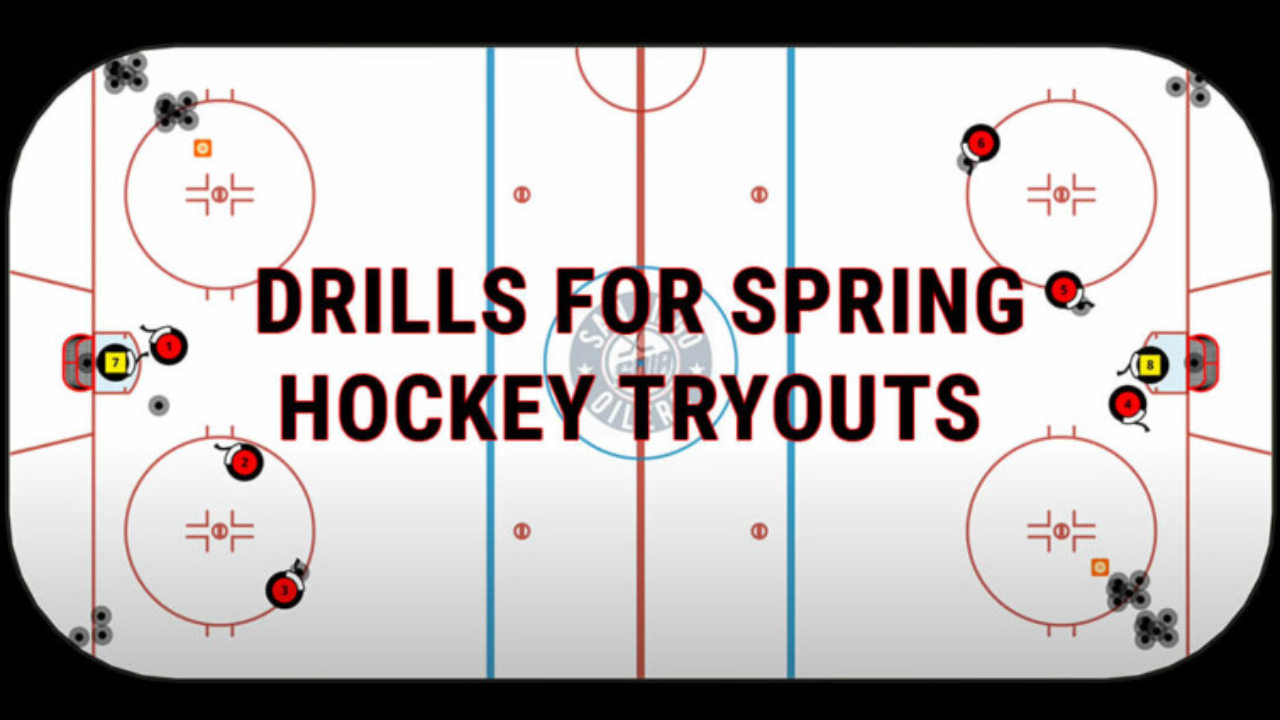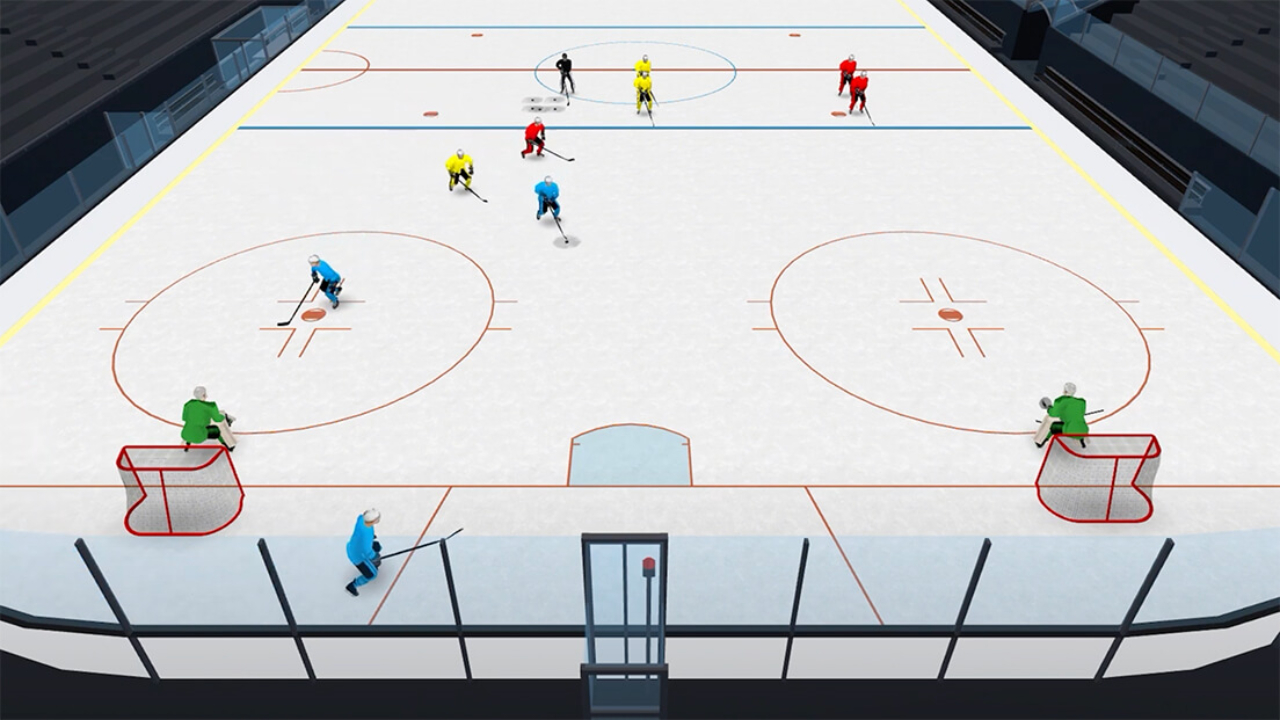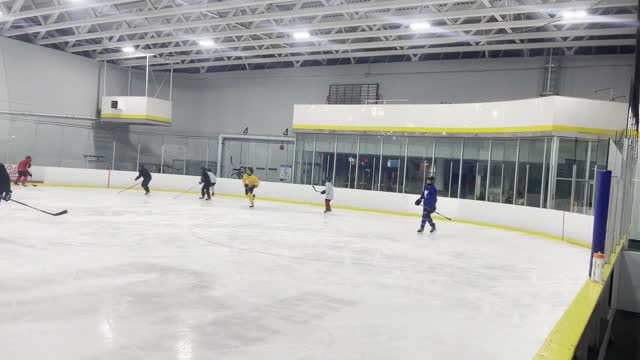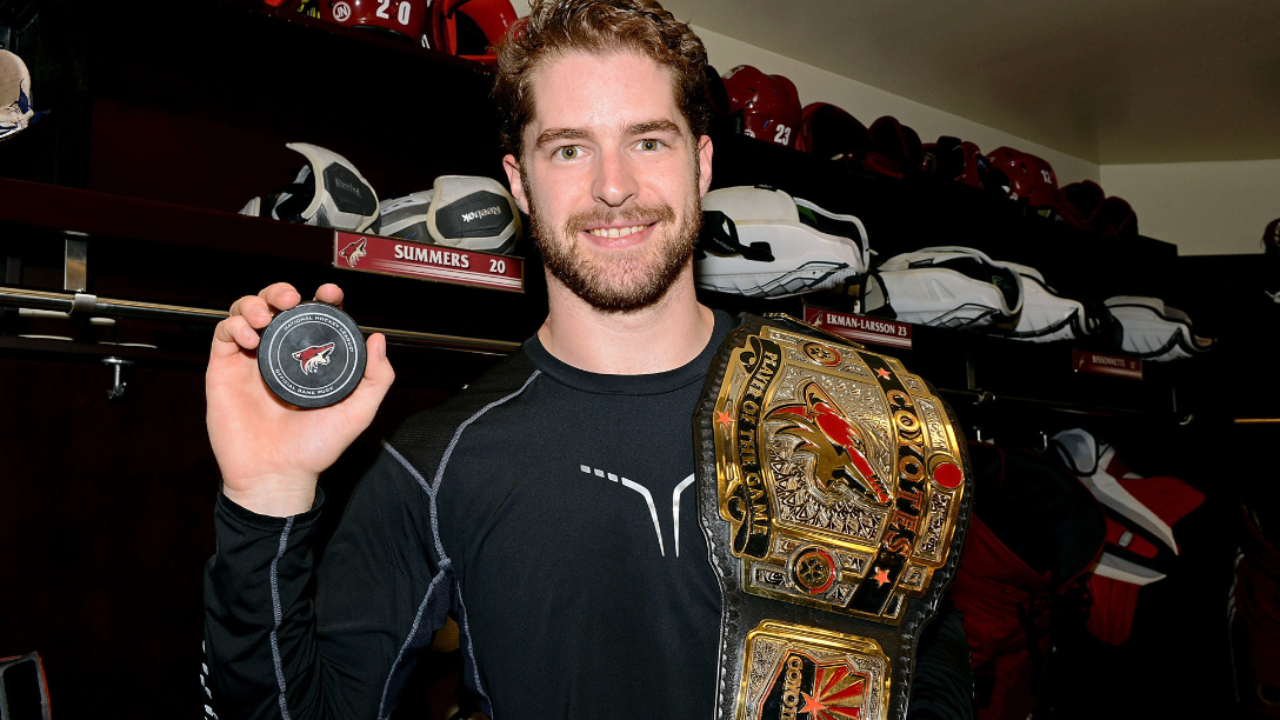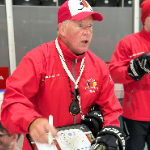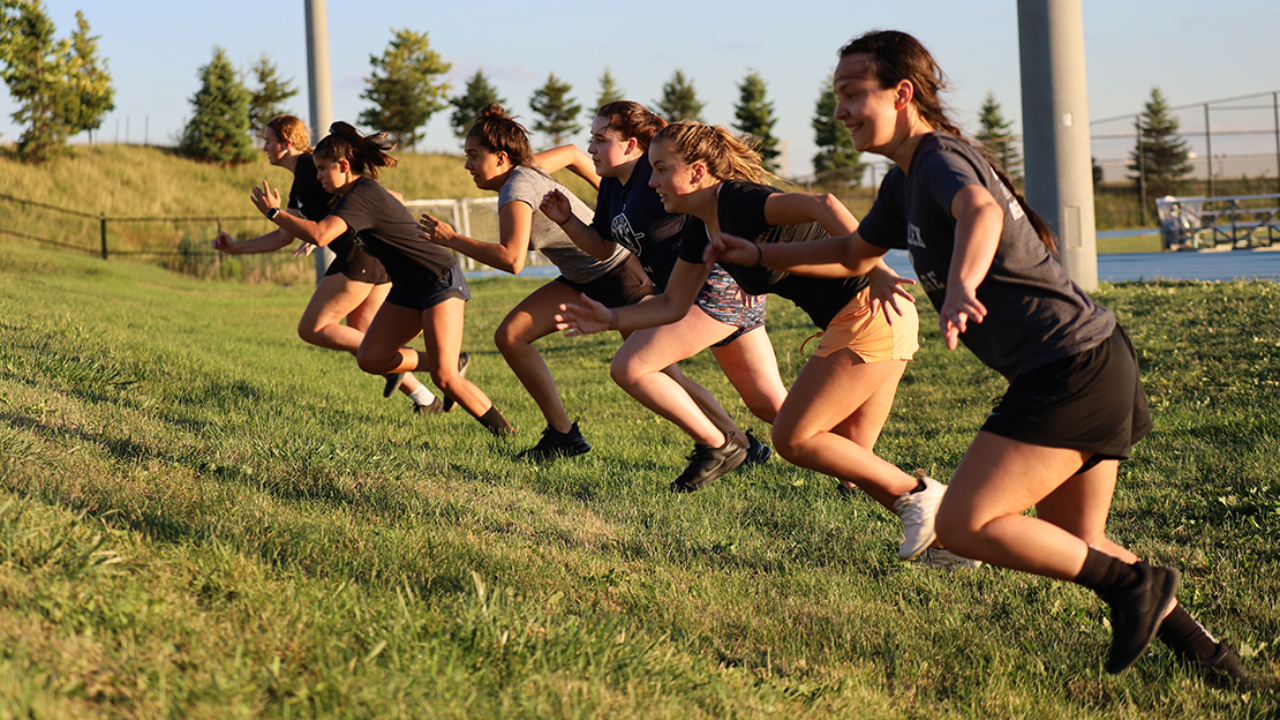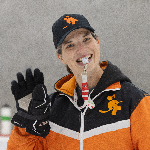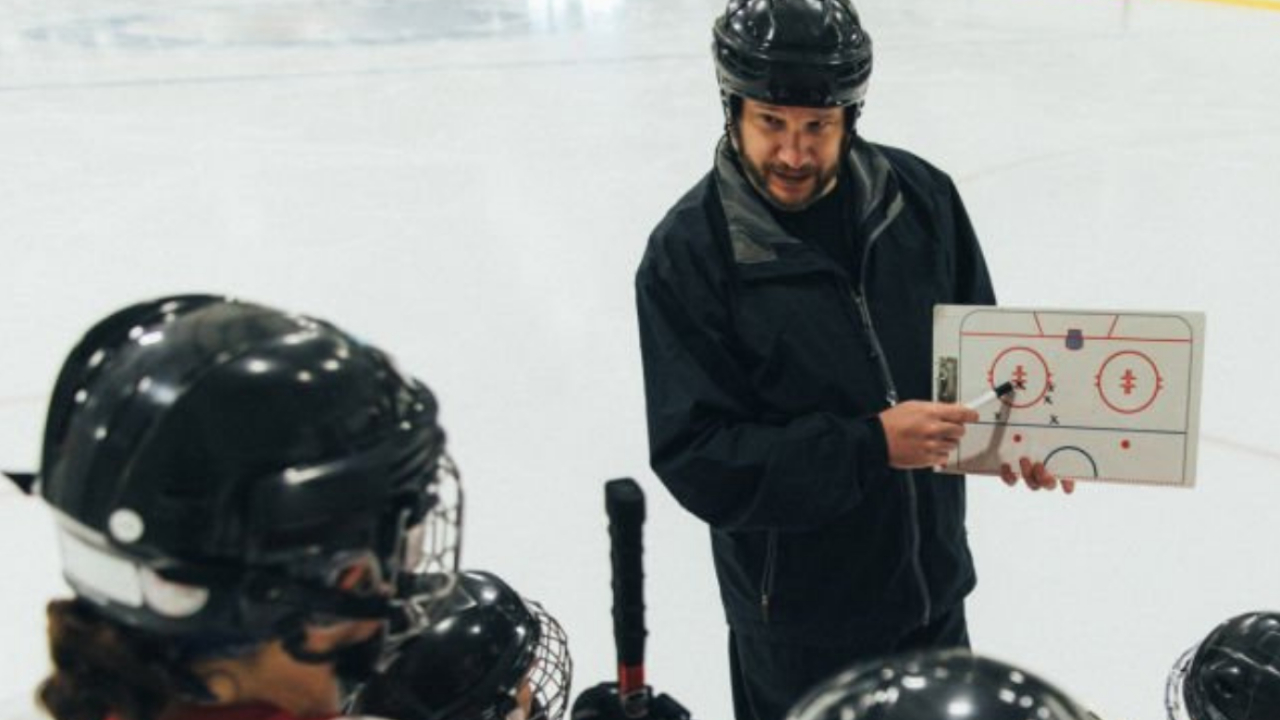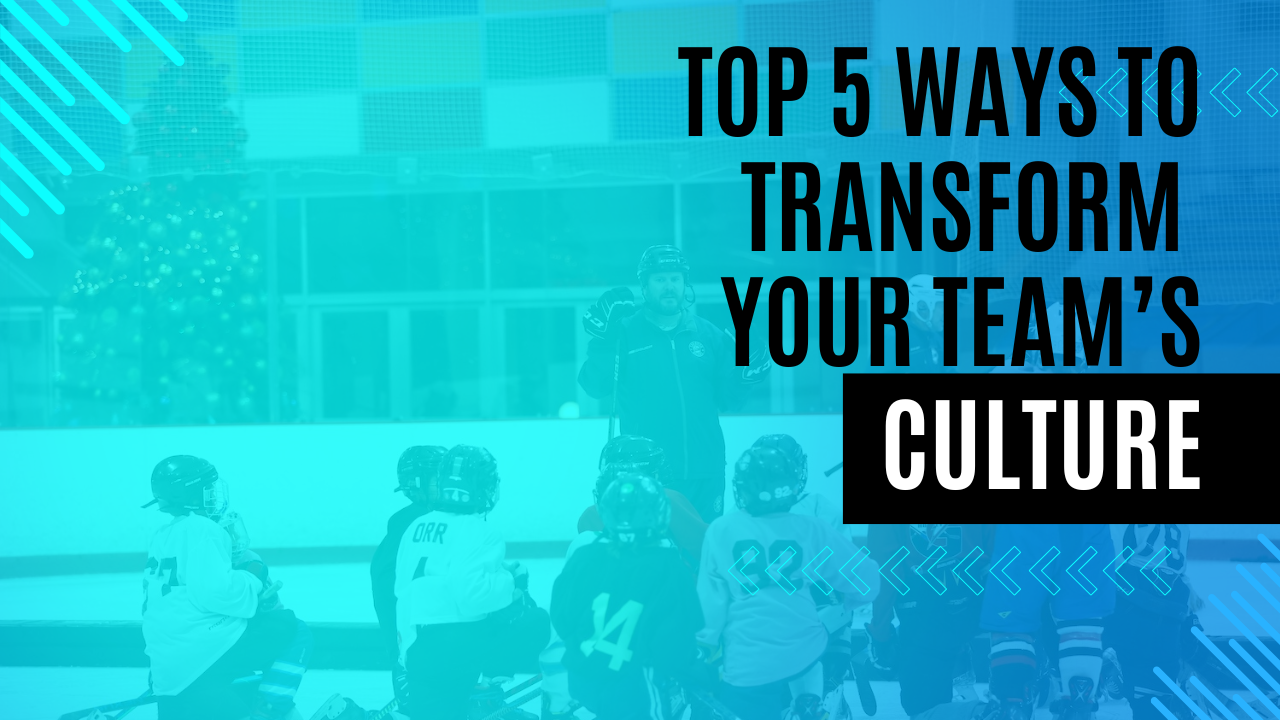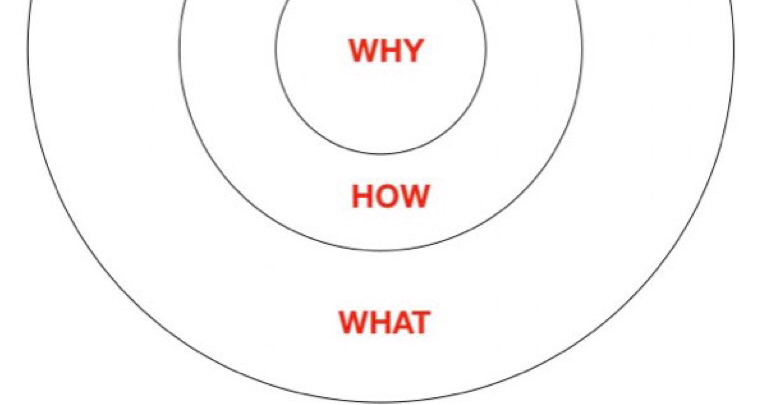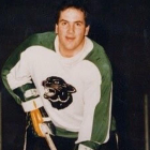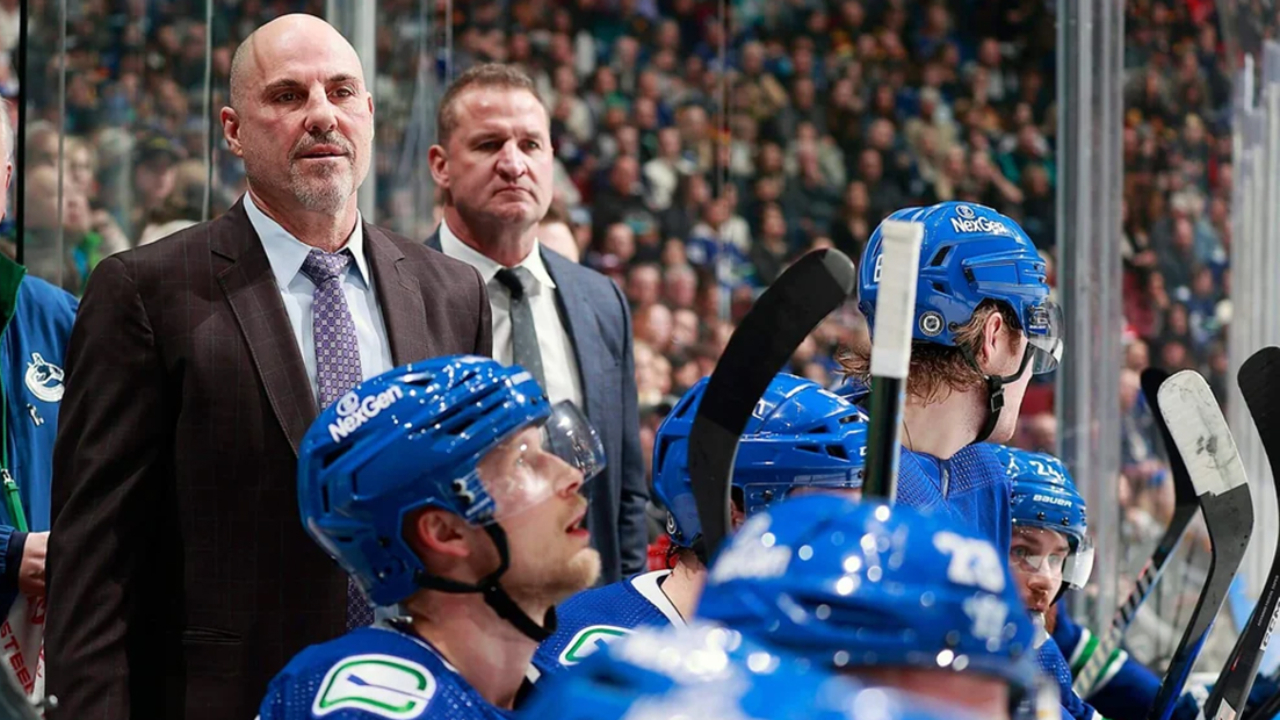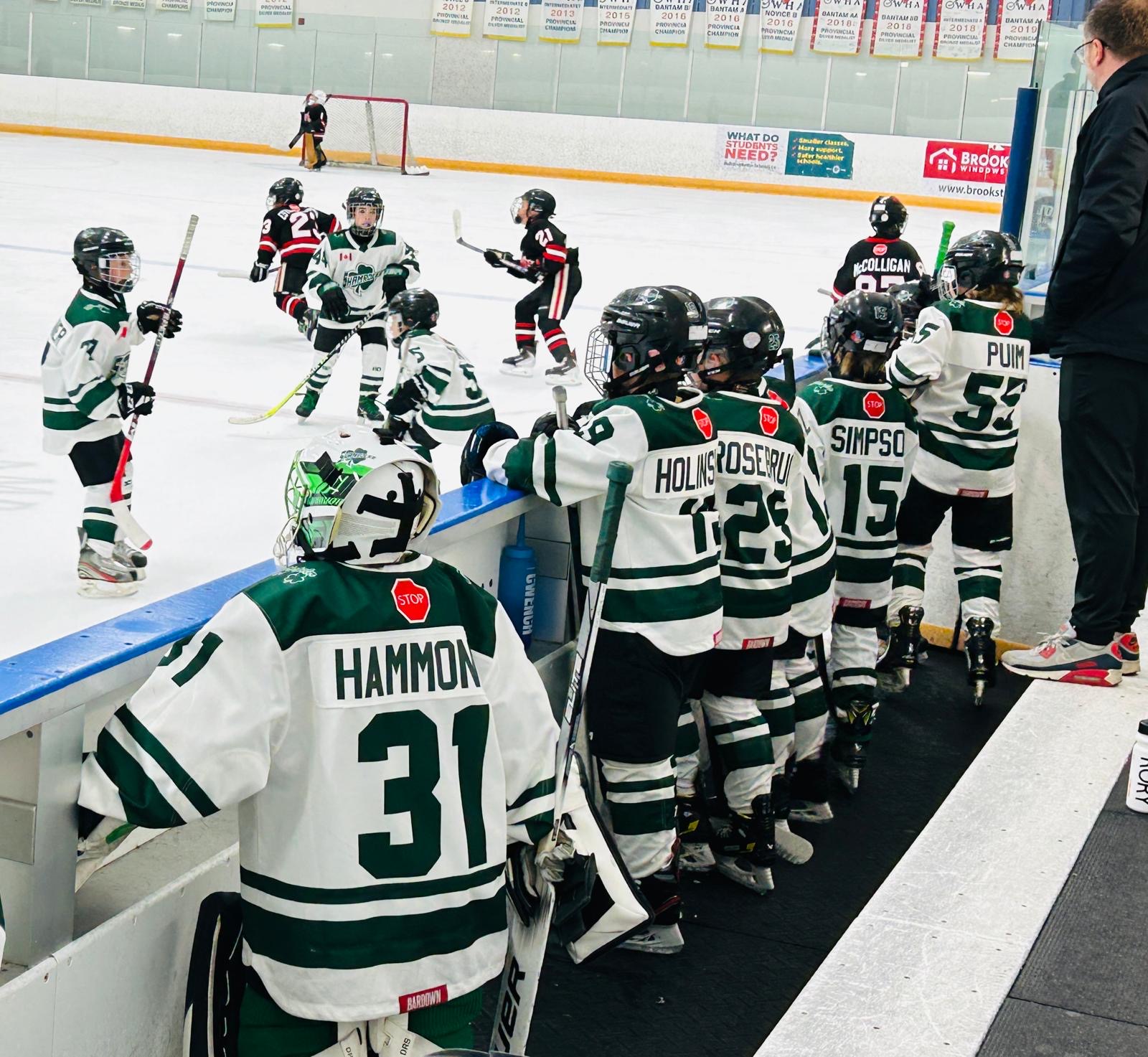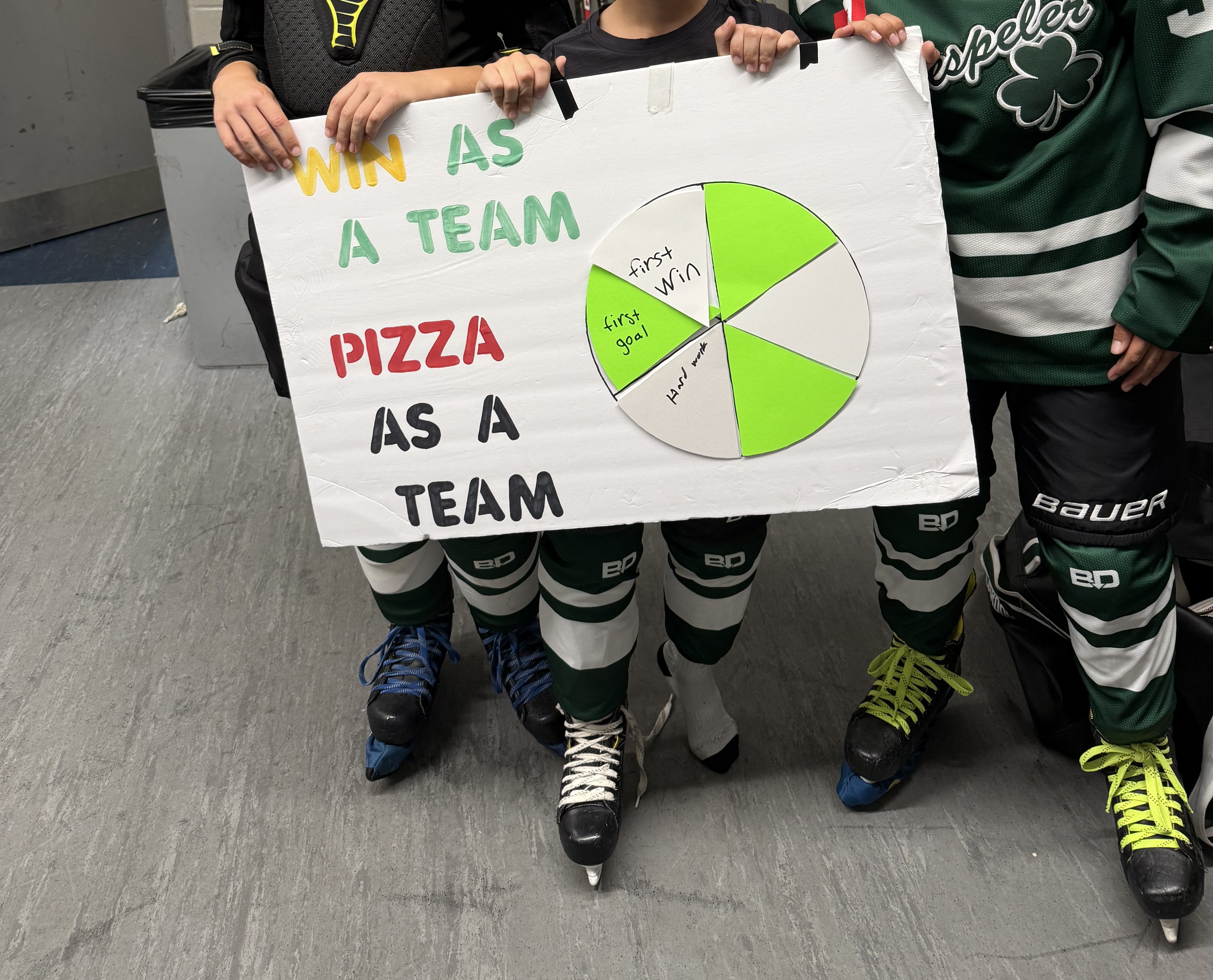
Win as a Team, Pizza as a Team
This season, I decided to stop giving out “Player of the Game” awards.
It’s something that’s been done forever in youth hockey — the puck, the hat, the chain, the belt — and while it’s fun, I’ve always felt it can cause small cracks in what we’re trying to build. For every player who gets recognized, there are a few who wonder why they didn’t. Then the questions start, the comparisons creep in, and without meaning to, the focus shifts from team to individual.
That’s not the kind of culture I want to build.
Back in the summer, during our first dryland sessions, I started saying, “Win as a team, lose as a team.” It’s simple, but it stuck. It became something the kids started repeating themselves. When the season began, I wanted to carry that message into how we reward effort.
So instead of naming a “Player of the Game,” we created what we call the Pizza Board — officially known as Win as a Team, Pizza as a Team.
The idea is pretty simple. Every time our team hits a group goal — a full line completing a great forecheck, a line change done the right way, backchecking hard, or showing good effort — we earn a slice on the board. Once the pizza is full, we celebrate with a pizza party and a film session.
It’s become something the kids look forward to. They cheer when another line earns a slice, and no one asks anymore who the “best” player was that game. They’re focused on what we did well together.
The best part is, they’re learning the same lessons we’d teach through a Player of the Game award — effort, discipline, pride — but now it’s connected to the bigger picture.
Sure, the Pizza Board is a bit of a gimmick. But it’s a team gimmick. And at this age, that’s the kind of message that sticks.
I’ve seen the change already. The room feels different. Players are more engaged with each other, they’re more excited to talk about what the team did right, and there’s less of that quiet comparison that can sometimes sneak in.
At U10, it’s easy to assume kids are too young to understand team culture. But they’re not. They just need to see it and feel it. And if that lesson comes with a slice of pizza at the end — even better.

